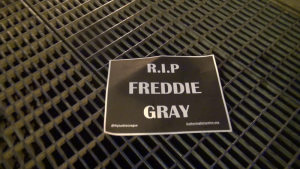 Receiving stolen property is one of the more elusive offenses on the Chicago statute books but it has been prosecuted vigorously on account of the fact that it is part of a network of criminality that must be broken from its source. The person that receives stolen property is not only benefitting from a crime but is also making it difficult for the law enforcement authorities to successfully recover the stolen property. Therefore, the criminal justice system has been harsh on defendants in these circumstances. Defense attorneys need to be wary of the prejudices that often plague these cases. The chain of custody before arriving at the final recipient can also cause unique challenges for the defense attorney.
Receiving stolen property is one of the more elusive offenses on the Chicago statute books but it has been prosecuted vigorously on account of the fact that it is part of a network of criminality that must be broken from its source. The person that receives stolen property is not only benefitting from a crime but is also making it difficult for the law enforcement authorities to successfully recover the stolen property. Therefore, the criminal justice system has been harsh on defendants in these circumstances. Defense attorneys need to be wary of the prejudices that often plague these cases. The chain of custody before arriving at the final recipient can also cause unique challenges for the defense attorney.
Key Considerations as Part of the Defense Preparations
The strategy that is preferred is to focus on the other defendants so as to take the heat off the person who may not have done the robbery or theft but is indeed the final recipient of the goods or money. The problems start to mount when it is a joint enterprise or conspiracy. In such situations the defendant may have to fight off a presumption that he or she is the mastermind whereas the actual thieves are only footmen and women for the grand scheme. Needless to say defendants who the prosecution successfully labels as being criminal masterminds can expect unusually stiff penalties, even when the discretions of the sentencing guidelines are taken into consideration. Luckily for the vast majority of defense attorneys, the cases are usually on the low end. The person that engaged in the actual stealing action (particularly if it is upgraded to robbery) will bear the brunt of the court’s wrath.
 Chicago Criminal Lawyer Blog
Chicago Criminal Lawyer Blog












